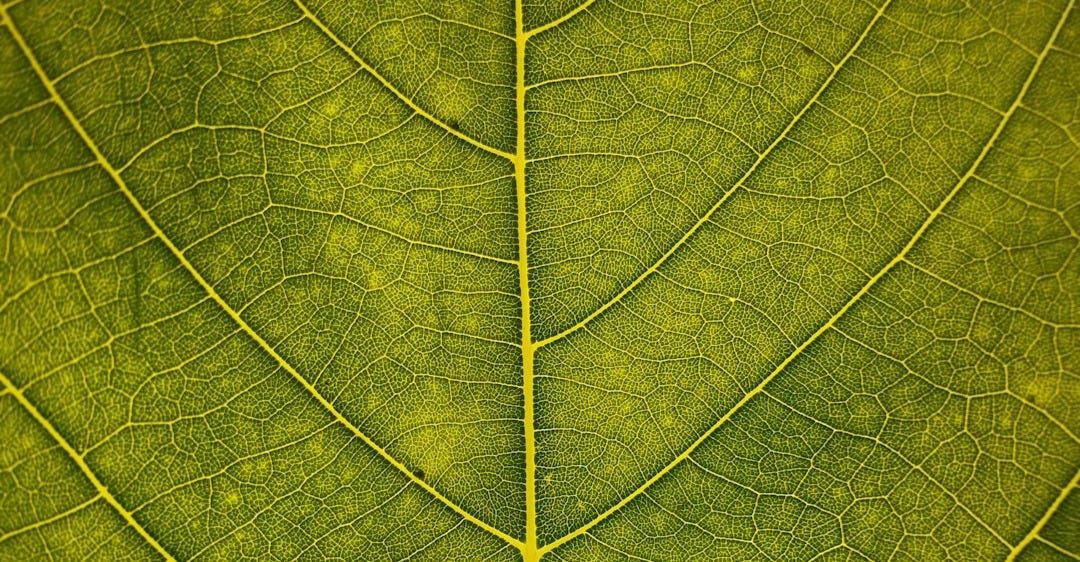Between Our Steps: Leafing Out
A personal reflection on the changing seasons along the shore, exploring how spring's gradual arrival transforms the forest—revealing damage, concealing movement, and offering a sense of shelter.

COMMUNITY CONTRIBUTION
When I first got back to the shore in early May, the lights of the Meaford land forces training centre blazed. They are miles away across open water, beyond forest and farmland, but the trees were bare of leaves. The lights shone as bright as in mid-winter.
A couple of weeks later, I awoke to catch moonrise and realized that the lights had begun to twinkle. Another week, and only one was visible, and it slipped in and out of view.
When the forest is open, birds are easily visible. They flit from branch to branch, tree to tree, in plain sight. That's a good time for a bird count.
The structure of the trees is also visible. All summer, right along the paths, dead branches and peeling bark show where ash trees have been blighted by the emerald ash borer. Strips of light brown show where pileated woodpeckers have been trying to get at the bugs.
But before the leaves are full, we can see deep into the forest, find the damage that is devastating so many trees. This year, the damage from the ice storm is easy to trace. Fresh breaks show where branches were torn away.
Some years, I can find last year’s bird nests, once hidden by leaves, and now visible. Not this year. I’m guessing the snow and wind swept them away.
I never see the current year’s either. These are built once the trees are fully in leaf, hidden from prying eyes, sheltered from predators. Sometimes I can guess where the nests are as birds take the same path many times a day. But I will not see them.
All winter, the ground was hidden by snow. Before the blanket of white came and after it went, the soil and rocks remained invisible, hidden by last year’s leaves. As spring slowly progressed, sections of the ground were covered by trilliums.
Then, beside the road, false Solomon’s seal sprouted, grew, flowered, carpeting the ground. In the forest, ferns grew thirty centimetres overnight. Not only were the ground and leaves hidden, but chipmunks and birds were, too.
This year, spring is coming slowly. Maple leaves have unfurled but are still tinged with red, the colour that will reappear in the fall. On seedlings, they are like a blossom on the end of a spindly stalk. Birch and alder leaves are yellow-green; the first shoots of sumac a deep red. While the grass has turned green, the trees and the forest are still a mix of colours.
But the leaves are filling out. I have to look hard to see through the screen of trees between me and the construction next door. I have to find the gaps to see if the cottager’s car is there.
I hear movement among the leaves, but cannot tell what animal or bird is rustling there. I can see a flash of colour between the cedars as a car speeds by, but soon the sumac and pagoda dogwood will fill out. I will hear the traffic but will not see it.
As this happens, I begin to feel like the birds nesting deep in the trees. I will hear the construction, but will not see what they are up to as the screen of trees between our two places becomes a thicket of green. The paths I walk will be narrow canyons walled in by tree leaves and undergrowth. Summer brings a kind of shelter.
Walking those paths, I carry my bear bell. I trust that coyotes will smell me and my dogs and head the other way. I know the deer will hide in the scrub. I am just not as confident that the young bear who walks our road in broad daylight will stay away.
And in the forest, I will not see who is coming when the brush rustles and branches snap.
All four lights of the Meaford training centre are now well hidden. They will not reappear until November. I may do a tour of the training centre when they have an open house, to see what it is that creates those four searing bright lights that I see when the trees have no leaves.
For now, I will enjoy the gift of green and the gift of shelter that comes when the trees have leafed out.
Thank you to sponsors of The Owen Sound Current Writers’ Fund, who make these community contributions possible. Contributions from the community do not necessarily reflect the opinions or beliefs of The Owen Sound Current and its editor or publisher.





